During the First World War she was in POW and studied medicine. When the Germans invaded Poland again in 1939, she organized a hospital for refugees herself in Brześć nad Bugiem and was the only doctor there. When she was arrested and taken to Majdanek, she immediately rolled up her sleeves and started saving people in spite of the Germans.
Before Stefania Perzanowska landed in the vestibule of hell, which was KL Lublin, she became involved in the activities of the underground. Thanks to her excellent organizational skills and iron nerves, she was a valuable asset for the Union of Armed Struggle. As Tomasz Kubicki recalls in the book "Kobiece roads" , not only was a courier carrying weapons and reports, but also had a secret contact box in her own apartment for communication with the Home Army Headquarters.
Her deep involvement in the underground and her active activity ended when she was arrested on the night of November 11, 1942. Despite many brutal interrogations, it was not possible to break it. In January 1943, she set off in the first female transport of prisoners to Majdanek.
Welcome to Hell
The first contact with a concentration camp was a real shock. Together with other female prisoners, Perzanowska was placed in an ice-bound barrack with broken windows and a stove, but there was nothing to light it in. The very first night was a struggle for life, as women were in danger of freezing. Despite the terrible reality, the doctor began to help people. She even presented herself to the camp doctor Bodmann, fully aware that any resistance could lead to death.
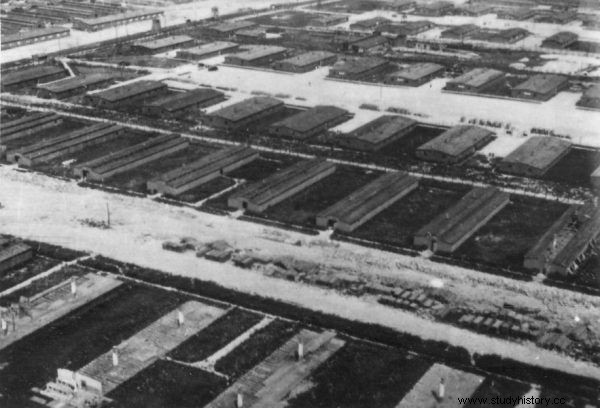
KL Lublin camp, photo from 1944 (photo:public domain)
Thanks to fortitude and extraordinary determination, she soon managed to organize a hospital, which quickly became a huge undertaking, and she herself was ... the only doctor in it. Hundreds of prisoners were under her care; She had only a handful of skilled nurses and a handful of hastily trained volunteers to help. She worked several hours a day, seven days a week. She dealt in practice with every branch of medicine, focusing primarily on controlling possible epidemics of typhus and other infectious diseases capable of decimating her patients.
It was the threat of an epidemic that was for the Germans one of the most important arguments in favor of organizing medical care. The dangerous and brutal SS men were not afraid of anything as much as the phantoms of typhus.
Pregnant with striped uniforms
At one point, a false rumor spread among the prisoners that pregnant women would be released from the camp. So desperate women met secretly with prisoners from the male part of the camp and began to get pregnant en masse. There was a real wave. Perzanowska was taking children into the world for the last time many years before, she managed to get out of practice. At least she could count on the help of a girl who had completed her student maternity training just before she found herself in the camp.
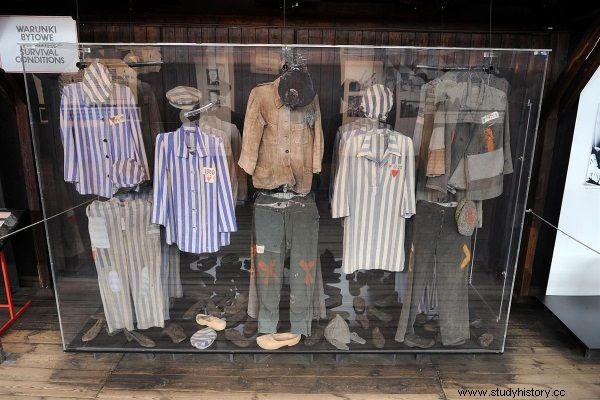
Majdanek Museum. Part of the exhibition showing the camp striped uniforms (photo:Cezary p, GFDL license)
Unfortunately, newborns did not bring freedom. Instead, there was despair and fear, because there was no place in the camp for mothers with children. The doctor noted a scene in her memories that was engraved deeply in her memory. A scene in which a German paramedic took a baby from her mother and took it straight to the crematorium. This disgusting episode is quoted by Tomasz Kubicki in "Women's roads" :
The woman was going through terrible torments, giving birth in great pain, and her screams penetrated the wooden planks of the barracks outside. Konieczny appeared and, lovingly stroking the patient's head, encouraged her. "Don't scream, don't be afraid, you will have a nice baby soon," he whispered. Half an hour passed and in fact the newborn cried with all his might. "Look what a lovely boy you have," said the paramedic. After a while, in front of his mother, he wrapped the child in a newspaper, and his increasing crying filled the interior of the barracks.
A scene so inhuman that it is beyond description. Necessary without delay went outside and rode his bicycle towards the crematorium. "To this day, I hear in my ears that strangled cry of a child in the briefcase," Stefania wrote several dozen years after the war .
Konieczny came from Silesia and spoke Polish perfectly. He made a rather good impression on a daily basis. Ba! He even supported the camp women's hospital. He was a paramedic trained in helping people. But sometimes the beast and the degenerate came out of it.
The Polish women staying at Majdanek knew perfectly well what was there. Danuta Brzosko-Mędryk, who for some time worked as a nurse in the camp, noted years later that she, terrified, ran away from him once and hid under the cloak of another SS man. Necessary in a drunken sight screamed and started shooting, trying to kill her. The second SS man, who was looking at the papers in the hospital barrack, raised his arm so that he would not hit him, called him idiots and led him away.
Sadistic crematorist
Erich Musfeld, a criminal and sadist co-responsible for the "Harvest Festival" campaign, in which over 18,000 Jews, the head of the crematorium, was murdered in one day, also appeared at the hospital. He would come as drunk as a pig, pull out a pistol and, for fun, he would shoot in different directions, aiming at the legs from the table or at invisible points on the walls. One of the patients could have hit one of the patients, dizzy with alcohol.
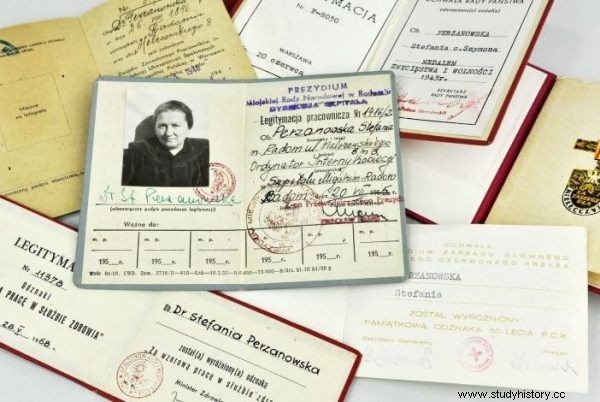
Memorabilia of Dr. Stefania Perzanowska from the Museum at Majdanek (photo:majdanek.eu)
One day he chose Perzanowska and attacked her. Completely drunk, he began to drag the doctor to the crematorium. She almost died that day. The only thing that saved her was that the machinery was shut down due to a failure being removed for several days. Her tormentor remembered soberly nothing. Perzanowska was almost hanged by the same man.
Two SS men arrived at the hospital and began a meticulous inspection involving counting practically everything. They had a list, and according to them, they checked the number of bowls, mattresses, blankets and other things that should be in stock. Everything was right until they began demanding that a huge assortment of sheets be stored.
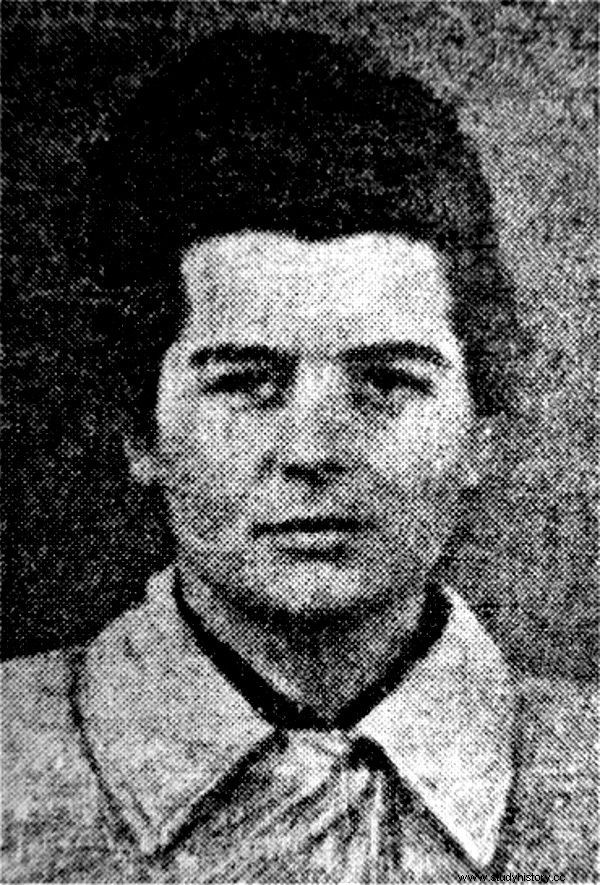
Elsa Ehrich, Aufseherin in German concentration camps, did not need an excuse to mistreat female prisoners (photo:public domain)
There were supposed to be several hundred of them, and yet not a single one was sent to the hospital. Of course, all responsibility was immediately thrown on the doctor. In her mind, the woman was almost walking towards the gallows when it dawned on her and asked to show her the receipt for the missing sheets. It turned out that it bears the date from December 1942, that is, before Perzanowska ever got to Majdanek and the hospital was built. It soon turned out that the drunk had issued more of these mysterious receipts.
Everyone was beating
This time we managed to avoid violence, but getting hit everywhere and for everything was the order of the day. With time, it became as obvious to the prisoners as an appeal or the fact that day rises after the night. As Stefania Perzanowska herself noted it in the volume of memories entitled "When thoughts return to Majdanek":
Beating was as common and everyday as dinner rutabaga and our camp striped uniforms. Everyone was beating. Starting with the commander Thumann, who could even come to the hospital at two in the morning and beat us in the face because he was drunk and had to unload somewhere, through all the camp charges. But the record was probably achieved by Commandant Elza Ehrich. She beat with passion and cold cruelty in her eyes. No SS woman did it as hard and as painfully as she did.
Despite everything, however, she did not lose her spirit and tried to help the sick all the time. Often she could do it with only a kind word or a kind gesture. She was unable to cure many ailments, although she was eager to act. She also wanted to fight when she was suddenly informed that here in the camp… there was no more typhus. At first she did not know what to say, because she had barracks full of sick people who clearly showed symptoms of this disease.
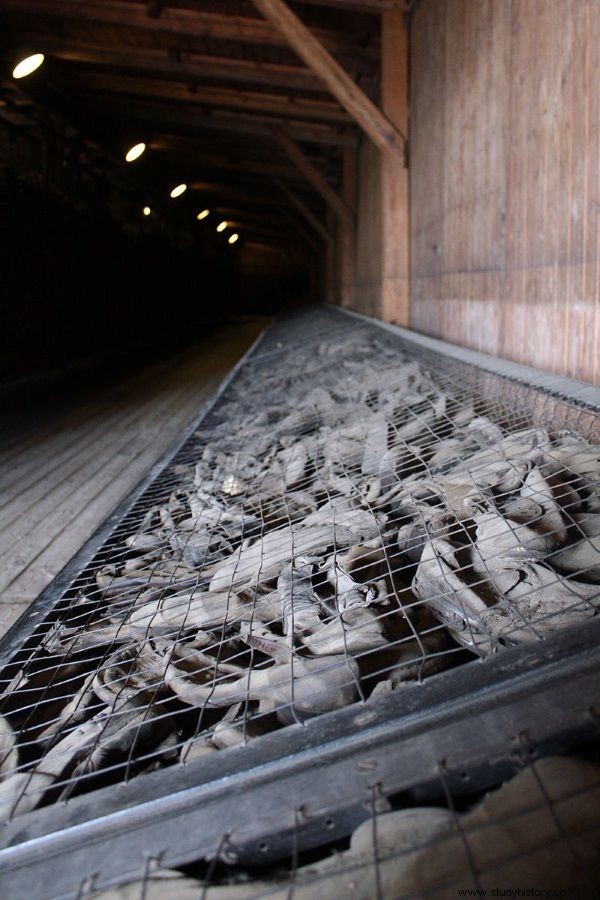
Even the seriously ill clung to life, wanting to avoid selection at all costs. The photo shows the shoes left by the victims of Majdanek (photo:Von.grzanka, license CC BY-SA 3.0)
When SS men appeared in the barracks, and she stated that the woman she was examining was suffering from typhus, the Germans took the prisoner and killed her with an injection of poison. When they came back to the hospital with the same question, Perzanowska stated with a straight face that there were no typhus patients there. It then took the medical staff all night to counterfeit sickness cards.
Female prisoners suffering from typhus had all sorts of diagnoses, just the wrong one. The SS men were ready to solve the problem in their own way, killing all the infected. All because information came from Berlin that their holidays will be suspended until the epidemic of this disease is brought under control. The life of the women that day was in the hands of Perzanowska. Not the first and not the last time.
